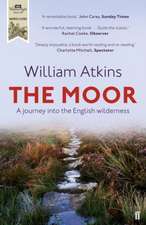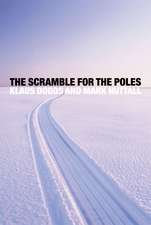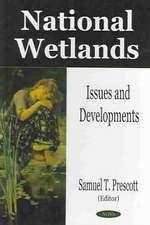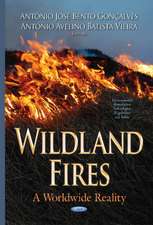Grasslands
Editat de Hans G. Schroderen Limba Engleză Hardback – 31 oct 2008
Preț: 845.69 lei
Preț vechi: 1152.69 lei
-27% Nou
Puncte Express: 1269
Preț estimativ în valută:
161.82€ • 169.38$ • 134.69£
161.82€ • 169.38$ • 134.69£
Carte disponibilă
Livrare economică 10-24 martie
Preluare comenzi: 021 569.72.76
Specificații
ISBN-13: 9781606920244
ISBN-10: 1606920243
Pagini: 270
Ilustrații: tables, charts & maps
Dimensiuni: 186 x 258 x 23 mm
Greutate: 0.79 kg
Editura: Nova Science Publishers Inc
ISBN-10: 1606920243
Pagini: 270
Ilustrații: tables, charts & maps
Dimensiuni: 186 x 258 x 23 mm
Greutate: 0.79 kg
Editura: Nova Science Publishers Inc
Cuprins
Preface; The Ecological Values and Functions of Grassland Field Margin Habitats; The Global Extent of Black C in Soils: Is it Everywhere?; Sustainable Development of Prataculture and Ecological Rehabilitation via Shift from Grain Production to Vegetative Production in South China; The Real Pattern in the Species-area relationship-Case study using Ground Beetles; Solar Power Generation and use of Grasslands in Ecology Management; Benefits of Multi-Paddock Grazing Management on Rangelands: Limitations of Experimental Grazing Research and Knowledge Gaps; Effects of Long-term Livestock Removal on Water Infiltration Rate in Arid Grasslands; Grasslands and Coastal Marshes Management: Role of Soil Structure; Floods Recover the Deterioration of Grasslands and Soils caused by Cattle Grazing in the Flooding Pampas of Argentina; On the Role of Soil Seed Bank of Rich Pasture Communities in a Fragmented Submediterranean Landscape; Re-creating Plant and Beetle Assemblages of Species-rich Chalk Grasslands on Ex-arable Land; Integrating Vegetation Ecology into Contemporary Phytoremediation Technologies: A Functional Approach to Phytoremediation; Vegetation and Fire Dynamics in Southern Brazil during the late Quaternary and their Implication for Conservation and Management of Modern Grassland Ecosystems; Grassland Contribution to Climate Change in the Basque country. Opportunities to Mitigation; The Origin and Age of Grasslands in the Southern Kuril Islands; Nitrous Oxide Emissions from Grazed Grasslands- key Sources and Abatement Strategies; Index.








